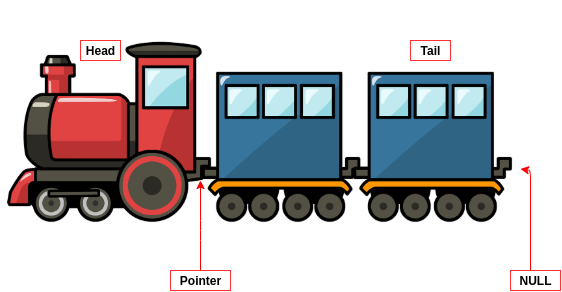Circular Doubly Linked List

Now, We have a good understanding of the Linked list and its internal working of it. In a Doubly linked list, we have next and previous pointer but the head's previous and tail's next are null. If we reach the end of the linked list then it will terminate. This might be a drawback in some of the use cases, to overcome this situation we will use the circular doubly linked list. Suppose, We have sent data into the network, data is divided into the packet and each packet has its own ordered unique identification number. If the packet is coming late then it will search the position by traversing forward and backward and placed the packet in an accurate position. This could be one of the real-time examples of using the Circular Doubly linked list. NOTE: - Generic <T> type can accept any data type, If you have not passed explicitly then it will consider it as an Object. #1 Custom Doubly Linked List Class class Node< T > { T data ; Node< T > next ; No...



